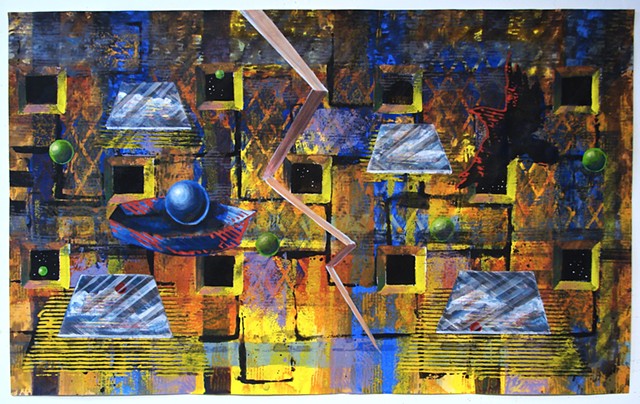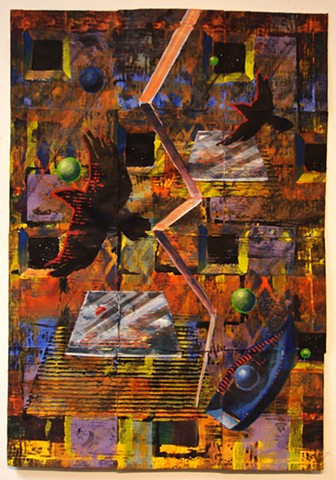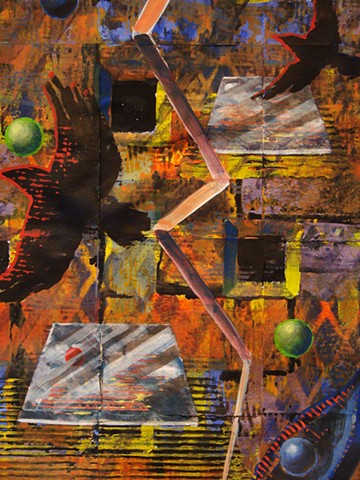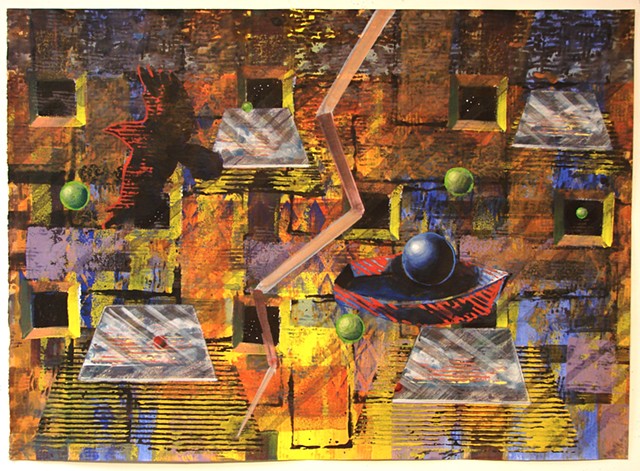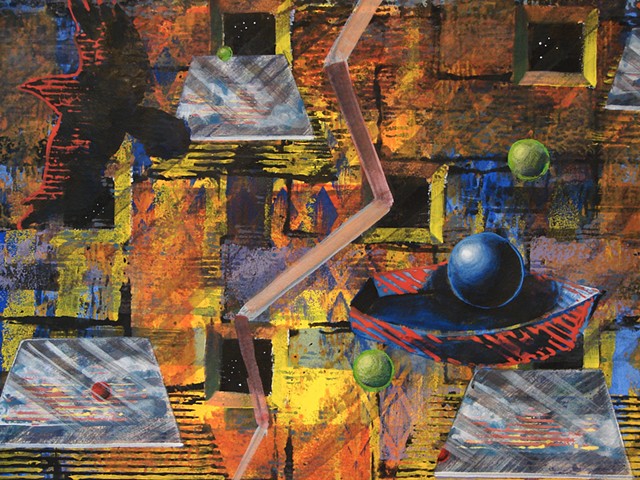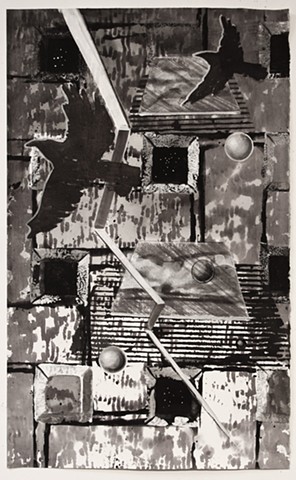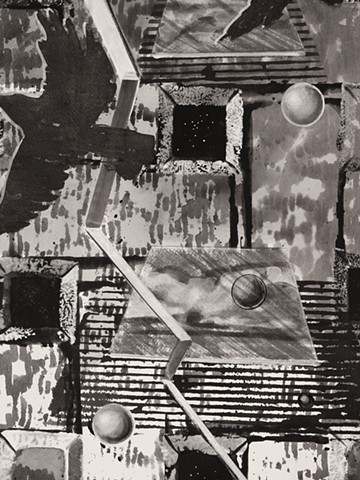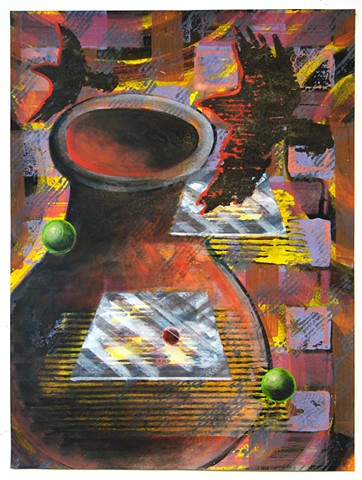Windows in the Weave
Windows in the Weave
Lachesis, the weaver of the thread of life, takes the raw material from Clotho, the spinner, and transforms it into the fabric of our days. The rest of the story is usually given to Atropos who is charged with cutting the thread of life, ending lifespan with a quick snip. While this ending might fit a dramatization of some biological incident, it doesn’t seem to be part of any possible narrative related to the woven cloth of life. In other words, how can cutting one thread change an entire fabric so suddenly and in such a devastating way? You might say, ‘well, we never really get a chance to know do we?’.
Of course an unfortunate, fatal accident may have us more or less disappear instantly. Still, cutting one thread seems like the wrong conclusion when considering yards of fabric. While pulling a chain stitch might unravel a piece of knitted fabric, cutting cloth is different. It’s more like tearing or rending holes across a spread of cloth and could not result from cutting a single thread. ‘So what?’, you might say. ‘When we get cut out of the picture, one way or another it makes our storied fabric a forgotten tapestry.’
Generations have built worlds that propose lives beyond this one. Heaven, hell, bardo, the elysian fields, and on and on, a geography of the future has been constructed for our study and belief or our staid disbelief. On one side of the fabric, Clotho is busy spinning for Lachesis. On the other side of the fabric, its underside, the future, an embroidered tableau of hidden details perhaps awaits our attention – when we get there. So runs the ‘afterlife’ but, what access is there to the other side of the fabric that I am talking about?
Paintings have existed as windows on the world we live in, and to the imagination that might be a part of their inspiration. Somewhere in our own time, prior to the smell of Atropos’ arrival, we may access the other side of the fabric of our lives. What we find may appear in our dreams – the less structured story of ourselves – or perhaps in an on-going way, that is, finding windows in the weave of the fabric of our own lives. These openings may only give us the sense that our stories are continuous in ways that do not necessarily fit the constructs of theologies, cosmologies, religions, or other creeds. Accessing them during our individual lives, the windows in the weave are more like musical possibilities that appear and disappear as the fabric moves in breeze or storm gusts.
There are messages in the scrolling sounds and unfurling picture cloth, and we might only be able to take them in like a question without a corresponding answer. I think this messaging might be part of the kind of ‘paying attention’ we’re often reminded is probably priceless. Watch the windows in the weave. Stay tuned.
